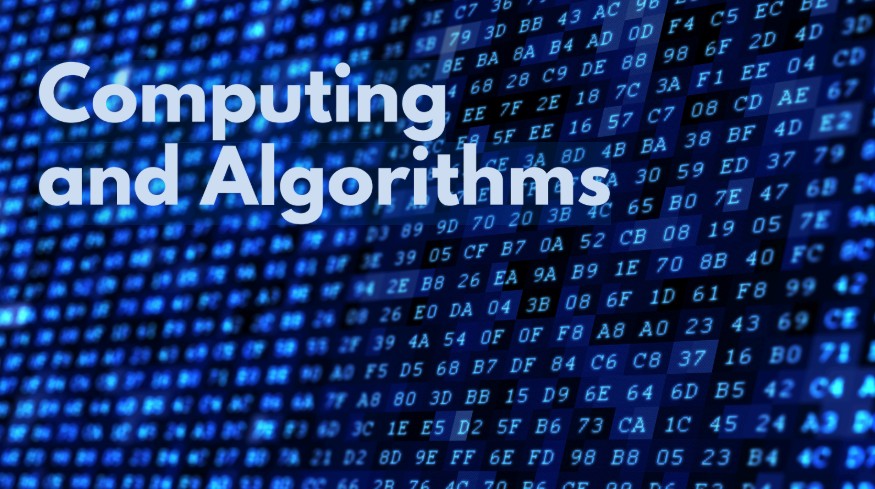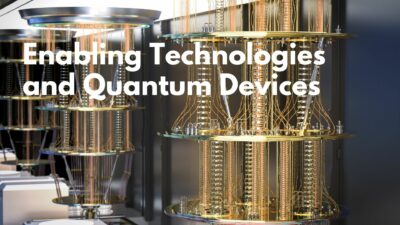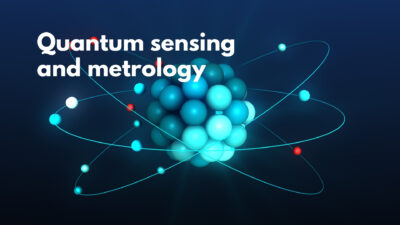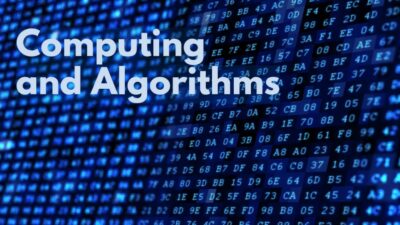**Quantum Voltage Standards and RF Metrology**
The National Institute of Standards and Technology (NIST) plays a crucial role in ensuring the accuracy and reliability of radio frequency (RF) measurements. These measurements are essential for various applications, including wireless communications, aerospace, and defense systems.
**Key Developments:**
1. **Quantum Voltage Standards**: NIST implemented quantum voltage standards using Josephson junctions over 20 years ago. This breakthrough provided a new level of accuracy that became essential for other metrology institutes worldwide.
2. **RF Calibration Services**: NIST provides RF calibration services traceable to the International System of Units (SI), offering a trusted foundation for various applications.
3. **Over-the-Air Metrology**: NIST calibrates antennas and field probes across a wide frequency range from 10 kilohertz to 220 gigahertz, supporting sectors such as 5G wireless and defense.
**Current Status:**
* The lab is extending power calibration capabilities to 260 GHz.
* Developing on-wafer traceability methods for S-parameter and power measurements up to 1 terahertz.
* Integrating AI/ML to enhance calibration accuracy.
**Potential Impact:**
These developments will advance support for emerging technologies like 6G, terahertz technologies, while maintaining measurement precision across industries relying on accurate calibrations.
Implementation timeframes:
– Extended power calibration capabilities expected by unknown timeframe
– On-wafer traceability method development estimated within upcoming few years
AI/ML integration already underway
Keywords: Metrology, Calibration, Precision




